Hwangsaengga Kalguksu (황생가칼국수)
1.7Km 2025-05-14
78, Bukchon-ro 5-gil, Jongno-gu, Seoul
Won Gopchang (원곱창)
1.7Km 2021-03-20
105, Sajik-ro, Jongno-gu, Seoul
+82-2-722-2934
A place that sells grilled intestines loved by Koreans. The best menu at this restaurant is grilled beef reed tripe/grilled pork intestine. This Korean dishes restaurant is located in Jongno-gu, Seoul.
Ramada Hotel Dongdaemun (라마다호텔 동대문)
1.7Km 2021-06-15
354, Dongho-ro, Jung-gu, Seoul
+82-2-2276-3500
Ramada Hotel Dongdaemun is a business hotel located in the heart of Seoul. It is located within a short walking distance from Dongdaemun History & Culture Park with many of Dongdaemun's major shopping centers close by. The hotel offers a conference room that can accommodate up to 20 people and a business center that caters to guests who are on a business trip. Guests can also take advantage of free Wi-Fi from their room.
Oliva Garden (올리바가든)
1.7Km 2021-05-11
16, Jahamun-ro, Jongno-gu, Seoul
+82-2-733-3056
It is an Italian restaurant featured in a popular Korean drama. The best menu at this restaurant is steak. This Korean dishes restaurant is located in Jongno-gu, Seoul.
Rakkojae Seoul Bukchon Hanok Hotel [Korea Qaulity] / 락고재 서울 북촌 한옥호텔 [한국관광 품질인증/Korea Quality]
1.7Km 2021-10-27
49-23, Gyedong-gil, Jongno-gu, Seoul
The main building in Seoul is a traditional Korean cultural space renovated by Jeong Yeong-jin, a human cultural asset, from a hanok with a history of 130 years. Traditional flags, fences, pavilions, chimneys, and jangdokdae are holding the blue sky with pine trees, creating a harmonious Korean-style house. Passing through the elegant tall gate, as you see the jangdokdae, a small but clean hanok will be revealed, and the pine trees and bamboo trees added to the natural beauty, while the loving Gomusin placed on the stone brings back beautiful memories.
Rakkojae is a place where the customs of the aristocrats in the past are melted in various places, creating a wonderful atmosphere by carefully reviving the pavilion, ponds, and daecheongmaru. Especially, Daecheongmaru adds the beauty of the margins of hanok to give you a sense of refreshment. As the old scholars did, sitting on the pavilion makes the time flow slow and the wind that passes over the Sotdae feels special.
In addition, you can experience the beauty of Korean tradition with various programs such as tea ceremony, jjimjilbang, royal robes, and kimchi-making along with traditional Korean food. Rakkojae's accommodation, reminiscent of a nobleman's house in the Joseon Dynasty, is well-kept and comfortable that it is comparable to a luxury hotel, and the natural jade-covered ondol rooms and firewood jjimjilbangs made of cheongito provide a healthy journey for many guests.
Hanboknam (한복남)
1.7Km 2025-07-11
Sajik-ro 133-5, Jongno-gu, Seúl
Groundseesaw Seochon (그라운드시소 서촌)
1.7Km 2024-04-19
Jahamun-ro 6-gil 18-8, Jongno-gu, Seúl
Seochon Chingune (서촌친구네)
1.7Km 2021-03-18
32, Jahamun-ro 1-gil, Jongno-gu, Seoul
+82-2-720-4763
A Seafood specialty restaurant located in Jongno-gu, Seoul. A restaurant serving a variety of seafood dishes. The most famous menu is steamed clams.
Manga (만가)
1.7Km 2021-03-26
103-19, Sajik-ro, Jongno-gu, Seoul
+82-2-720-5797
This is a restaurant that sells grilled eel, which is known as a health food. This Korean dishes restaurant is located in Jongno-gu, Seoul. The representative menu is grilled eel.
Residencia Baek In-je (백인제가옥)
1.7Km 2025-04-18
Bukchon-ro 7-gil 16, Jongno-gu, Seúl
La Residencia Baek In-je está situada en Gahoe-dong. Este edificio conserva el estilo moderno de hanok diseñado durante la colonización japonesa. En un terreno amplia de 2.460 ㎡, la vivienda cuenta con habitaciones y jardines alrededor del salón principal. También hay un pequeño espacio separado para el descanso. La casa mantiene la belleza tradicional del propio hanok con remodelaciones. Así, es una de las representaciones arquitectónicas más conocidas del barrio de Bukchon, junto con la Residencia Yoon Bo-seon.
Diversas características destacan la casa construida en pino negral, presentado por primera vez en Seúl durante la Exposición de Gyeongseong en 1907. Por ejemplo, la Residencia Baek In-je está compuesta por un pasillo que une el salón y las habitaciones, lo que es peculiar en comparación con el hanok clásico. Por otro lado, el pasillo al estilo japonés, la habitación con esteras, el empleo de ladrillos rojos y ventanas de cristal reflejan el paisaje de la época. Asimismo, el salón suele ser de un piso, pero está dividido en dos plantas en esta construcción. Siendo un patrimonio cultural, este lugar agrupa toda la hermosura de hanok, permitiendo contemplar del jardín al salón, del patio al interior de la casa y del trasero del inmueble separado.
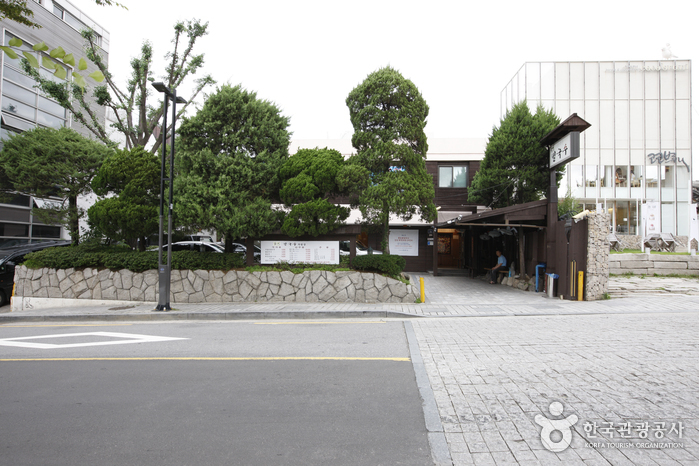
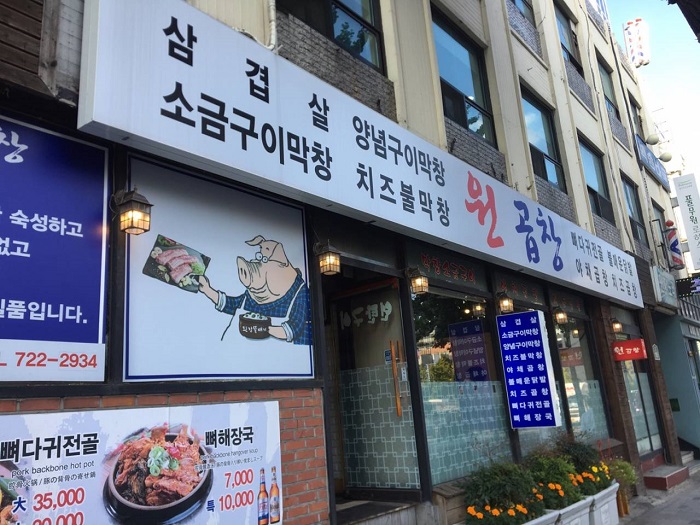

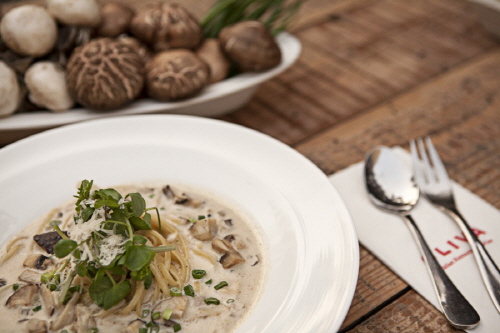
![Rakkojae Seoul Bukchon Hanok Hotel [Korea Qaulity] / 락고재 서울 북촌 한옥호텔 [한국관광 품질인증/Korea Quality]](http://tong.visitkorea.or.kr/cms/resource/40/2698240_image2_1.jpg)
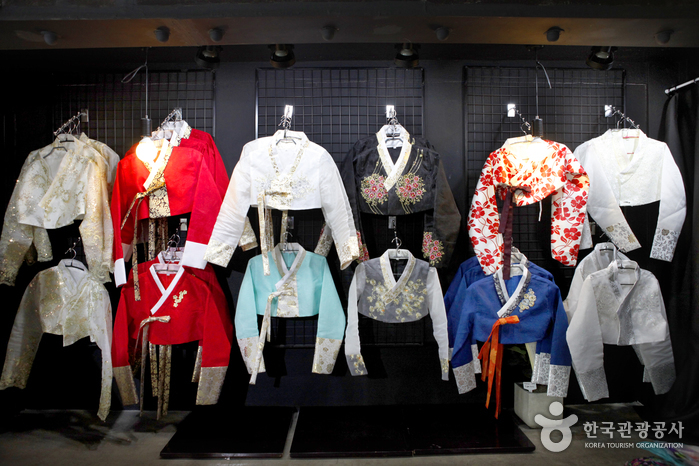
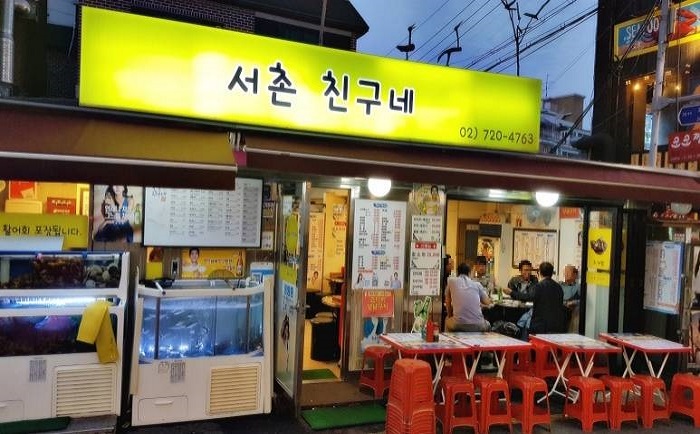
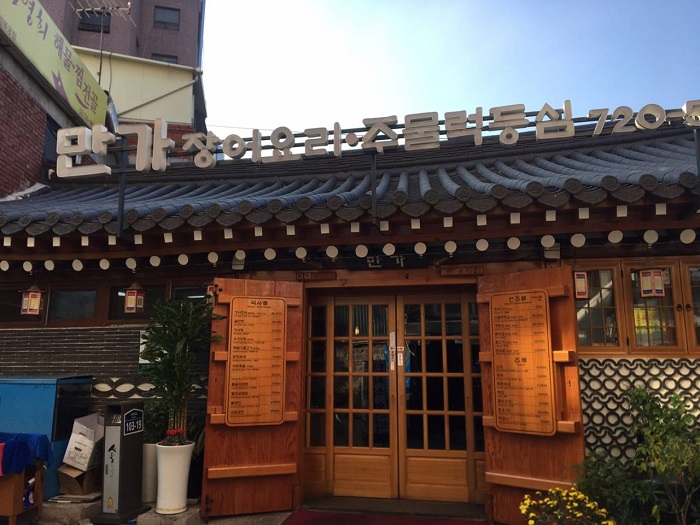
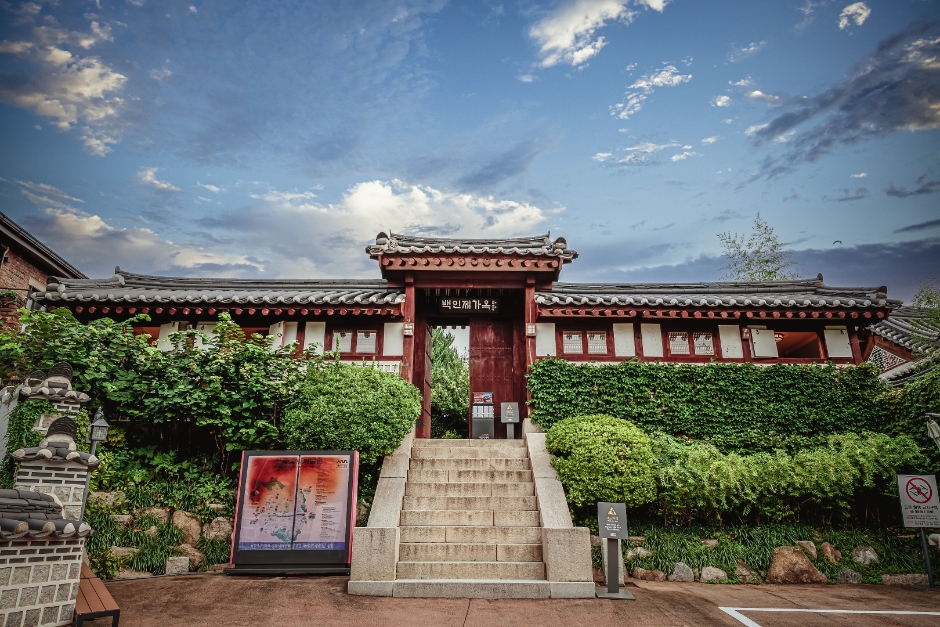
 Español
Español
 한국어
한국어 English
English 日本語
日本語 中文(简体)
中文(简体) Deutsch
Deutsch Français
Français Русский
Русский